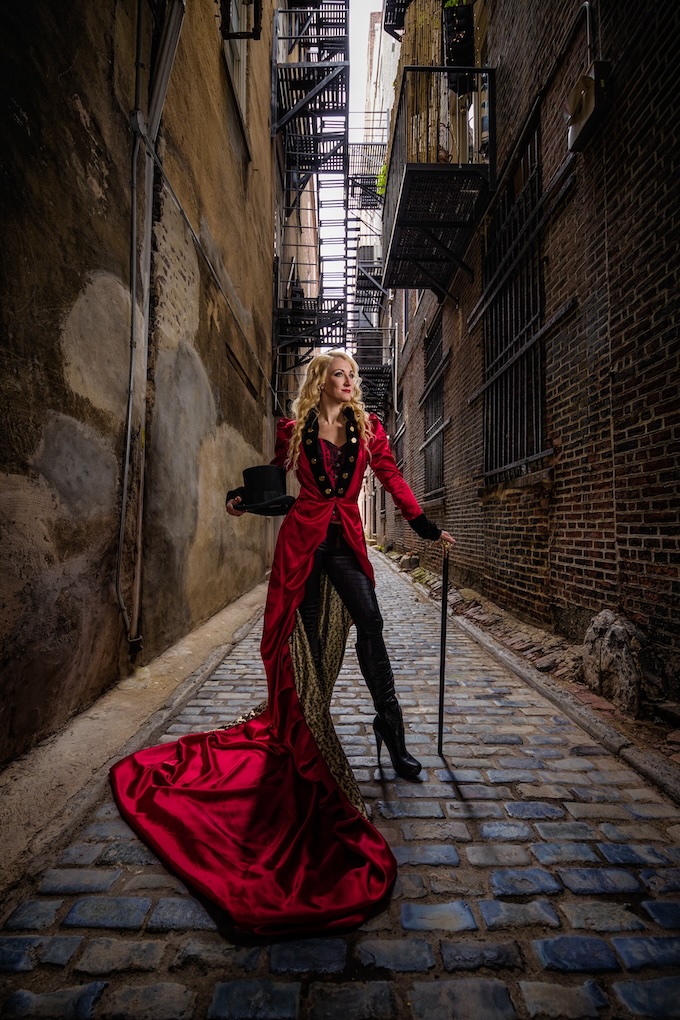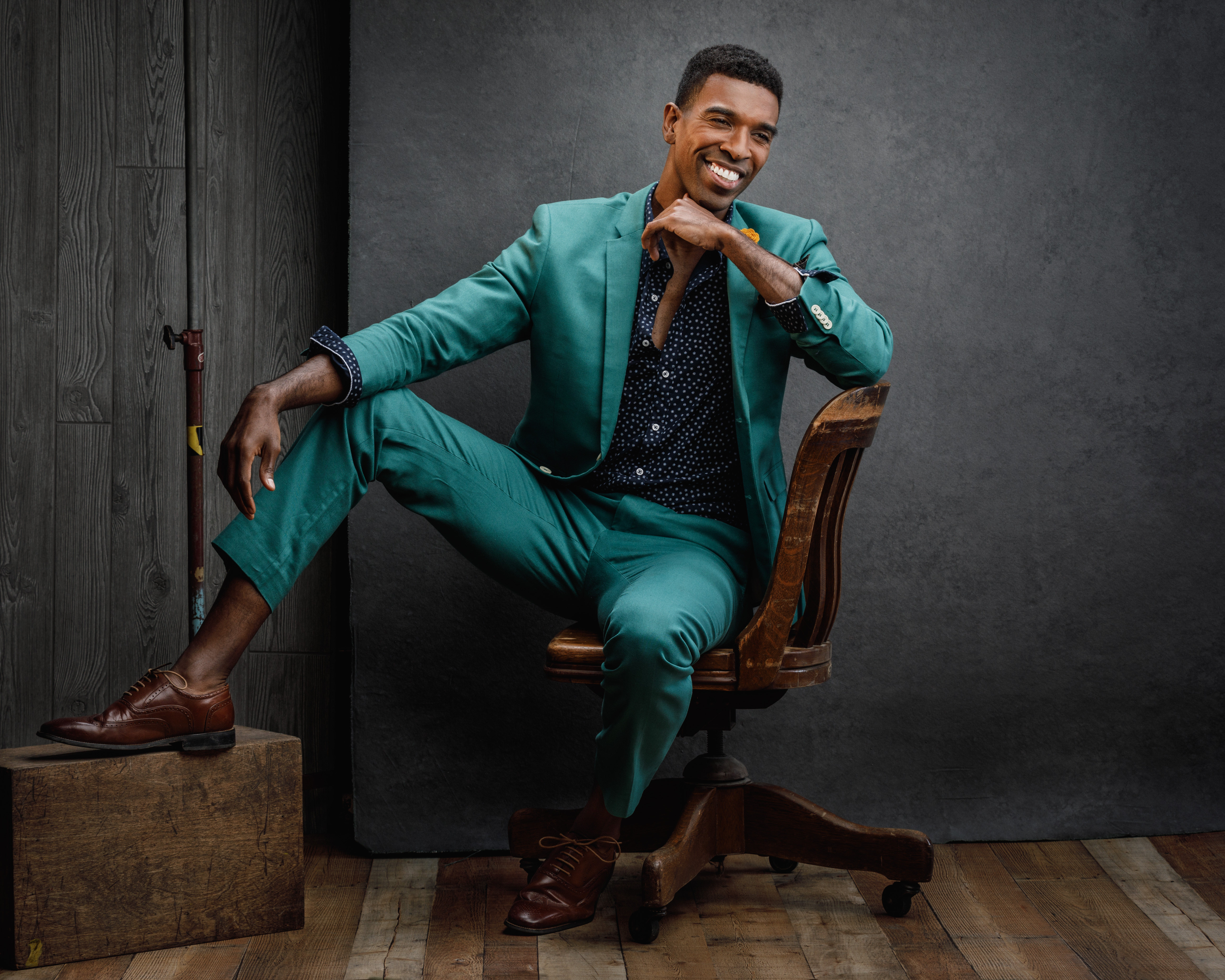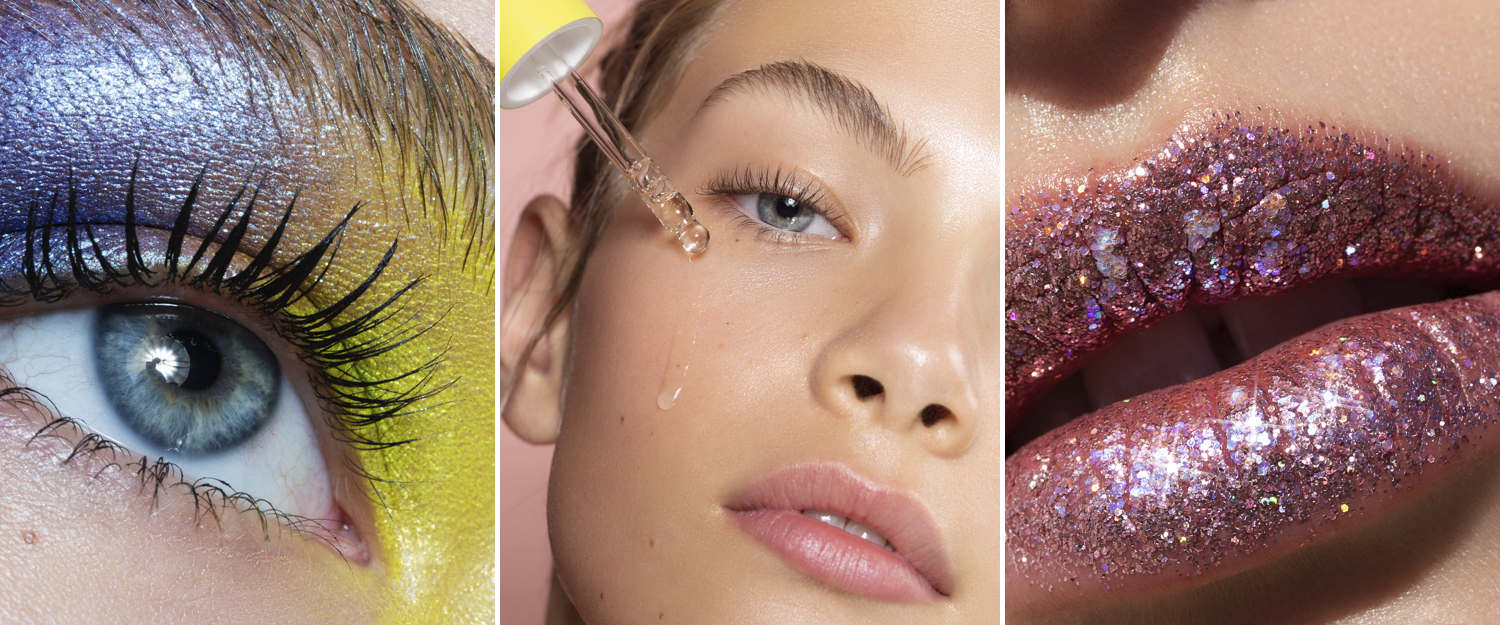On My Radar: The Story Behind This Flashy Photo Shoot With a Pampered Pooch
May 27, 2016
Every month, we ask industry tastemakers to talk about a photographer and trend that’s caught their eye. This month, Suzanne Donaldson, the founder of the chic pet site MrsSizzle.com and the former photo director at Glamour, chose this poppy pooch shot by Amy Lombard.
“I’m drawn to Amy Lombard’s bold, colorful work,” Donaldson says. “Her heavy fill flash is a trend that resonates with the younger crowd, and it gives her shoots a sense of urgency and excitement, in my opinion. I hired Amy, a 2015 PDN’s 30, to shoot a campaign for the Park Hyatt launch of its pet-friendly program, created in conjunction with the Humane Society of the United States, and in this case her flash lent a heightened sense of amusement to the dogs in the hotel (like this Cavalier King Charles Spaniel named Toast). What could have turned into a campy campaign was instead expressed as a voracious fascination with her subject. This girl has a curiosity like no other.”
Lombard is a Brooklyn-based documentary photographer who shoots for the likes of The New York Times Magazine, VICE, New York magazine, Vanity Fair, WIRED…you get the idea. We chatted with Lombard to get her side of the story on this shoot, and talked about how she clicked with photography and developed her signature look.
RF: Tell us more about this Park Hyatt shoot. What was it like having dogs as subjects?
Amy Lombard: I have historically photographed dog-oriented subject matter and social scenes here in New York quite a bit. For the longest time, nobody took it seriously. So now to be in a position where someone like the Park Hyatt wants me to photograph this sort of thing is certainly a sense of validation. Meeting someone like Suzanne, who is very reputable and also loves this sort of thing, was pretty much an ideal situation.
RF: Did you come up with the concept behind the shoot or was it already decided?
AL: Typically, I do, but when I work with Suzanne she handles this sort of thing.
RF: Shooting dogs or animals of any kind can be tricky sometimes—did you have to adjust your approach at all?
AL: Truthfully, I don’t have any particular things I do. A lot of the dogs I photograph are press-trained and basically live in front of a camera, so they don’t need much guidance.
RF: How did you go about setting up this shot technically?
AL: I held a flash to the left of my Canon 5D Mark III, and most likely I was shooting at f/22 and 1/125 for shutter speed.
RF: Did you encounter any challenges over the course of the day?
AL: Ha, a separate shot had cucumbers over the dogs’ eyes in a spa. That was a challenge. Somehow we got the shot, but I could not begin to explain why.
RF: What was the most memorable thing about this shoot?
AL: Just the sight of Toast the dog in a baby robe. So hysterical.
RF: Taking a step back, how did you get into photography?
AL: At first, enrolling in a photography class was simply something to do. I was about 15 years old or so and it was an Urban Photography class at Moore College of Art and Design in Philadelphia. I hated it. I had no idea how to use the SLR correctly, developing film terrified me, and I had no sense of what to photograph.
For reasons I can’t explain, I decided to enroll in another class, this time at Tyler School of Art at Temple University. On my way from campus into Center City I met a film student who was telling me about a few documentary projects he was working on. Something about this interaction really resonated with me. In so many words he taught me that everyone has a story, and it’s worth exploring and understanding. The rest is history. Suddenly I felt I had a purpose and intent behind photographing.
RF: What about developing how you approach your subjects and the overall style of your photography?
AL: I was always keen to the classics, like Diane Arbus, Helen Levitt, Garry Winogrand… I think studying these photographers and spending a lot of time photographing people on the street were instrumental to the kind of work I’m making now. Growing up I was really, very painfully shy. But despite being shy, there was still an element of fearlessness I had when it came to asking people to photograph them or getting the shot I wanted. Photographing helped me come out of my shell.
My style in the beginning was very slow and meditative, just by nature of the camera I was using, a Mamiya C330 TLR. I’m shooting with a DSLR now because I can get the same results as film, but my photographs have certainly shifted with that change—they’re less static and more about movement.
RF: What is it about the heavy fill flash that you feel contributes to your creative vision?
AL: Flash was a turning point for me in developing my style. I had always been a purist—never would I ever use an artificial light source. But then one day my friend walked in with a Sunpak 622. This flash was huge and glorious. I was enamored instantly. I took a photograph of my friend Josh in his Upper East Side studio with it, and later that night as I was looking at the film, it was like hearing music for the first time. Everything just made sense. The flash has a way of isolating details, moments, interactions, etc. in a really extraordinary way. I can’t really articulate it, but it just helped me understand my vision.
Click to see the full article in the Digital Edition.
Related:
Amy Lombard on Launching Her Career
Suzanne Donaldson on Finding and Hiring Women Photographers




